Bariatric-Friendly Japanese Meals offer numerous nutritious options for individuals recovering from surgery. Post-surgical dietary needs require careful meal planning that prioritizes protein and minimizes volume. You might wonder how to enjoy these dishes without compromising your nutritional needs. The good news? Many Japanese recipes can be adapted to fit a bariatric-friendly lifestyle while still delivering the delicious taste and cultural richness you love.
From miso soup to sashimi, there’s no shortage of options that can be tailored to meet your dietary goals. By focusing on portion control, low-carb substitutes, and protein-packed ingredients, you can transform traditional Japanese meals into satisfying and nutritious dishes. For more on post-surgery nutrition, check out Bariatric Surgery Guidelines from the ASMBS. With the right tweaks, you don’t have to give up your favorite cuisine—it’s all about making it work for your new lifestyle.
Understanding Bariatric Diet Needs
Bariatric diets focus on nutrient-dense, small-portioned meals that support healing, prevent complications, and maintain weight loss after surgery. Protein is a primary requirement, with intake often set at 60-80 grams daily. Ingredients like tofu, fish, and eggs are excellent for meeting these needs without adding excess fat or calories.
Portion control is critical to avoid overwhelming the stomach. Post-surgery, serving sizes are significantly reduced, typically starting with 2-4 ounces per meal. Dishes must be modified to align with these limitations. For example, incorporating bariatric puree recipes during early recovery ensures meals are easier to digest while still nutrient-rich.
Carbohydrate intake is generally restricted, requiring low-carb substitutions like cauliflower rice instead of white rice in Japanese recipes. Healthy fats from sources like avocado or sesame oils are preferable to fried ingredients. Monitoring added sugars, especially in sauces like teriyaki, helps manage overall caloric and carbohydrate limits.
For supplements, Unjury offers bariatric-friendly protein powders that blend well into Japanese-inspired smoothies, ensuring enough protein without overeating. This is especially helpful for individuals who struggle to meet daily protein goals through solid foods alone.
Finally, hydration plays a crucial role. Sipping fluids between meals helps maintain hydration without interfering with the limited stomach capacity reserved for nutrient intake. Avoiding carbonated beverages is essential to minimize discomfort and prevent stretching the stomach pouch.
Core Components Of Japanese Cuisine
Japanese cuisine combines simplicity and balance, making it adaptable for bariatric-friendly meals. Core ingredients and methods emphasize umami flavors, nutritional variety, and portion control.
Common Ingredients And Flavors
Japanese dishes rely on nutrient-packed ingredients like fish, tofu, seaweed, and miso. Fish, including salmon and tuna, delivers high-quality protein and omega-3 fatty acids. Tofu provides plant-based protein with easy digestion, ideal for bariatric diets. Seaweed, such as nori or wakame, offers vitamins A and C and iodine. Miso, made from fermented soybeans, adds depth and probiotics for gut health.
Flavors focus on soy sauce, rice vinegar, and dashi broth for umami richness. Soy sauce provides savory notes, while rice vinegar adds acidity. Dashi, often made from kombu (kelp) and bonito flakes, forms the soup base rich in minerals. Limited portions cater to post-surgery needs.
Traditional Cooking Techniques
Japanese cooking methods, like steaming, grilling, and simmering, result in light, low-fat meals. Steaming dishes, such as chawanmushi (savory egg custard), preserves nutrients and keeps textures gentle for bariatric puree recipes. Grilling introduces flavor with minimal oil, seen in yakitori or miso-marinated fish.
Simmering in broth combines ingredients like vegetables and protein for easily digestible soups. Examples include sukiyaki or miso soup, where portioned servings align with bariatric guidelines. These techniques support nutrient preservation, balance, and smooth digestion.
Modifying Japanese Recipes For Bariatric-Friendly Meals
Adapting Japanese recipes aligns well with bariatric dietary needs, emphasizing small portions, low carbs, and high protein. I focus on using nutrient-dense ingredients, ensuring flavorful meals without compromising nutritional goals.
Adjusting Portions And Calorie Content
Portion control is essential for bariatric-friendly meals. I reduce standard serving sizes of traditional Japanese dishes to 2-4 ounces to match post-surgery requirements. For instance, I serve sashimi in smaller slices and measure rice portions strictly with a teaspoon or by using cauliflower rice. Light broths in miso soup or clear soups minimize calorie intake while maintaining hydration. To keep meals satisfying, I opt for nutrient-rich elements, avoiding calorie-dense sauces or unnecessary fats when plating dishes.
Substituting Ingredients For Lower Carb And Fat Options
I swap high-carb ingredients with healthier options to create bariatric-friendly adaptations. Shirataki noodles, made from konjac yam, replace ramen, while cauliflower rice is a low-carb substitute for white rice. I avoid sugary sauces like teriyaki by preparing low-sugar versions using liquid aminos or sugar-free alternatives. For fats, I use sesame oil sparingly or replace it with avocado oil to meet healthy fat intake guidelines without excess calories. These substitutions allow me to retain the essence of Japanese cuisine while aligning them with bariatric dietary needs.
Incorporating High-Protein Alternatives
High-protein options are a priority in bariatric recipes. I use tofu, grilled fish like salmon, and boiled eggs to enhance protein content. Edamame provides plant-based protein, while lean cuts of beef or chicken fit into grilled dishes like yakitori when portioned properly. These alternatives ensure protein intake stays within the recommended 60-80 grams daily range for bariatric patients.
Sample Bariatric-Friendly Japanese Dishes
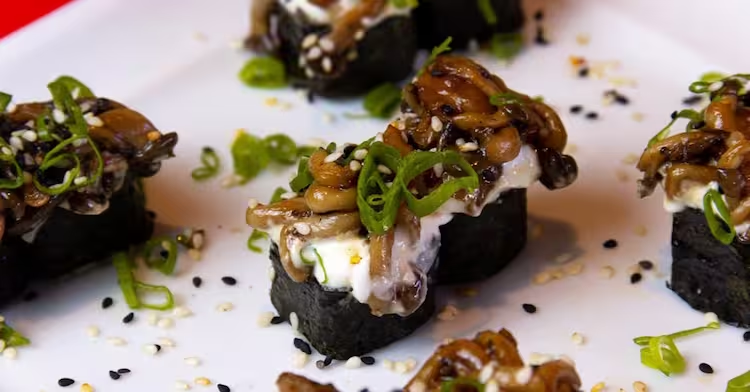
Photo by Horizon Content on Pexels
Carefully adapting Japanese dishes makes it possible to enjoy their rich flavors while meeting bariatric dietary goals. Smaller portions, low-carb substitutes, and high-protein ingredients can transform traditional recipes into bariatric-friendly meals.
Sushi And Sashimi Modifications
For sushi, I replace white rice with thin layers of cauliflower rice, cutting carbs while retaining texture. Rolls are prepared with lean proteins like tuna, salmon, or cooked shrimp, wrapped in nori to boost nutrient density. For sashimi, I serve smaller, bite-sized cuts of fresh fish, pairing them with a low-sodium soy sauce or a light ponzu sauce for flavor. Vegetable-based sushi alternatives like cucumber or avocado rolls add variety while providing healthy fats. Avoid tempura fillings and high-sugar sauces to keep meals light and nutrient-focused. Incorporating edamame as an appetizer offers a protein-rich, low-carb side option.
Ramen And Soup Variations
I use shirataki noodles in ramen to maintain the classic noodle texture without adding extra carbohydrates. Broths are made with miso or dashi, prepared with low-sodium soy sauce and light seasonings for easy digestion. High-protein toppings like soft-boiled eggs, diced tofu, or grilled chicken enhance nutritional worth. Adding steamed vegetables like spinach or bok choy increases fiber content while keeping the dish light. Pureed squash or carrots can thicken soups when following bariatric puree recipes. Avoid fatty broths, excess sodium, and fried toppings like pork belly.
Healthier Takes On Japanese Rice Dishes
For rice dishes, I swap traditional white rice with cauliflower rice or a mix of quinoa and cauliflower for a low-carb alternative. Toppings are chosen to maximize protein intake, such as grilled salmon, chicken, or tofu. I reduce added sugar in teriyaki coatings by preparing homemade sauces with reduced-sugar substitutes or light tamari. Small portion servings, ranging from 2-4 ounces, fit within bariatric portion guidelines. Chazuke, a rice dish served with green tea, can be modified using quinoa, nutrient-dense fish flakes, and light miso seasonings for a hydrating, easy-to-digest meal. Traditional donburi bowls can feature grated daikon instead of rice, topped with thinly sliced sashimi or steamed vegetables.
Tips For Cooking Bariatric-Friendly Japanese Meals
Adapting Japanese cuisine for a bariatric diet combines mindful ingredient choices with precise preparation methods. These tips ensure meals remain flavorful while meeting nutritional goals.
Balancing Nutritional Needs With Flavor
Focusing on protein and nutrient density helps create satisfying bariatric-friendly meals. High-protein ingredients like tofu, salmon, eggs, and edamame offer essential nutrients without extra calories. To enhance flavor without added sugar or sodium, I use low-sodium soy sauce, miso paste, or rice vinegar. When sauces are required, I select options with little to no added sugars, like plain teriyaki or ponzu.
Portion size plays a key role in balancing nutrition. I prepare dishes using bariatric-friendly measurements, like 2-4 oz servings for protein and small amounts of low-carb substitutes, such as shirataki noodles or cauliflower rice. Incorporating ingredients like seaweed or steamed vegetables boosts fiber and micronutrients while keeping meals light and digestible.
Tools And Equipment To Simplify Preparation
Selecting the right tools makes creating bariatric-friendly meals faster and more efficient. A sharp knife ensures precise cutting for smaller portions of sashimi or seafood. For pureeing ingredients, especially for bariatric puree recipes, I use an immersion blender to achieve a smooth consistency. A steamer basket allows gentle cooking of vegetables and proteins like fish or tofu, preserving nutrients. I rely on a rice cooker to prepare cauliflower rice bases conveniently. Measuring tools, like a digital food scale and small spoons, simplify portion accuracy, ensuring meals align with bariatric dietary guidelines. Combining these tools streamlines preparation, supporting both nutritional goals and time management.
Some Bariatric-Friendly Japanese Meals below
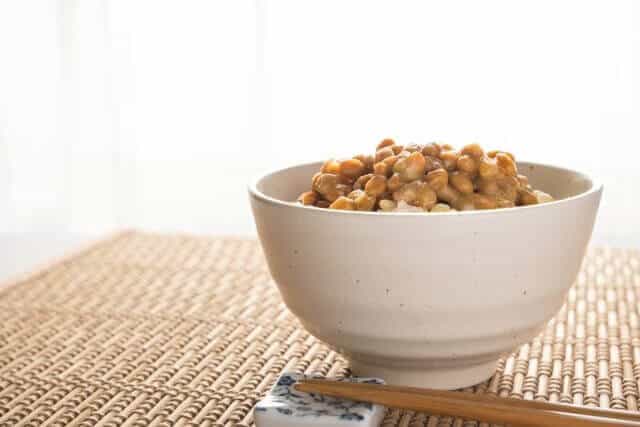
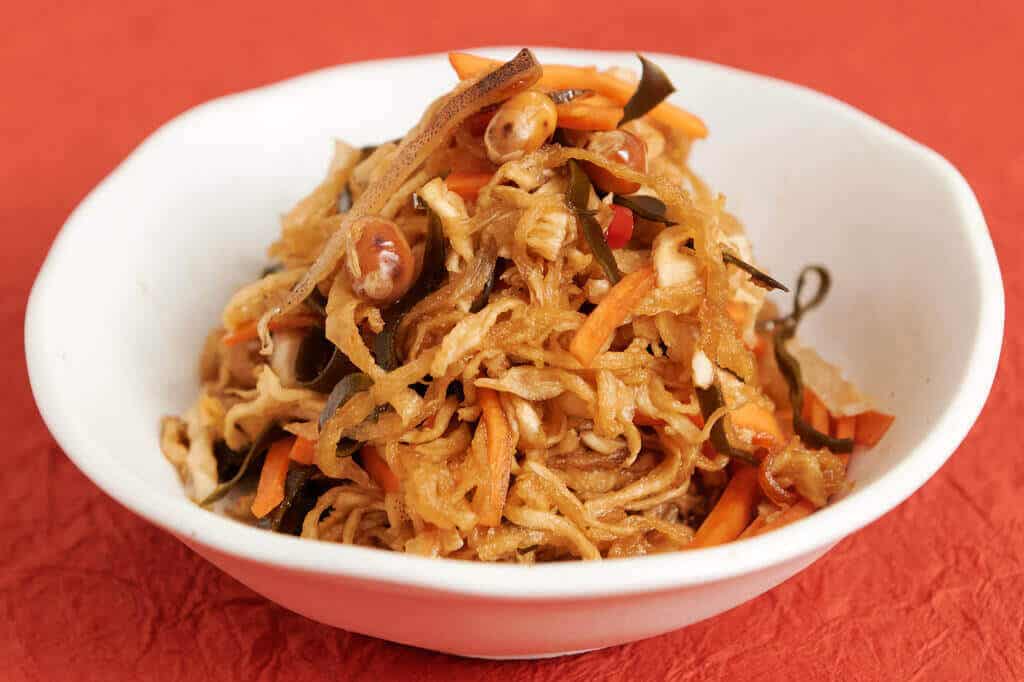
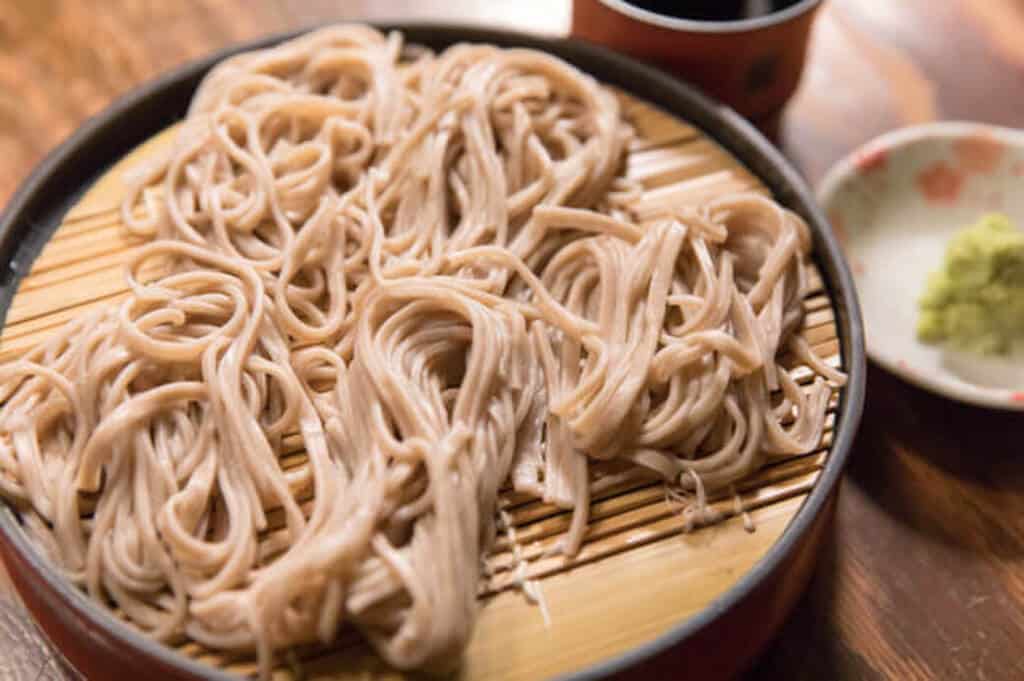






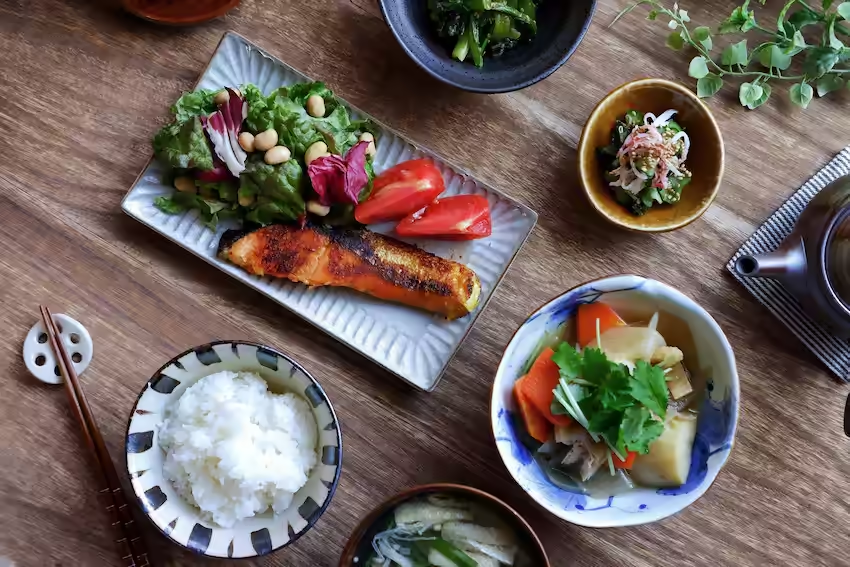
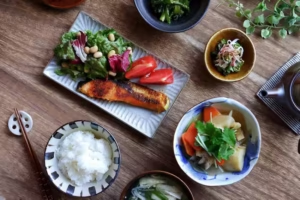


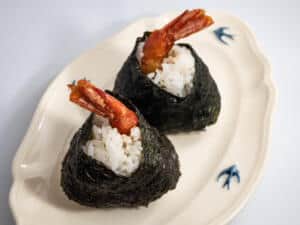
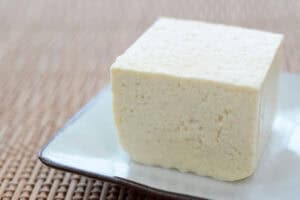
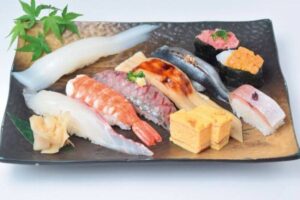
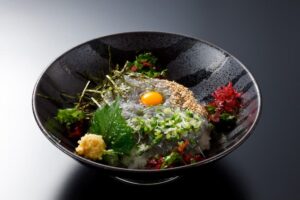
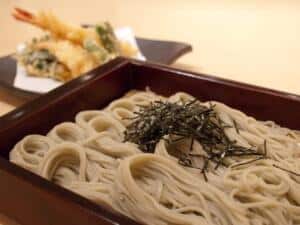

Comments